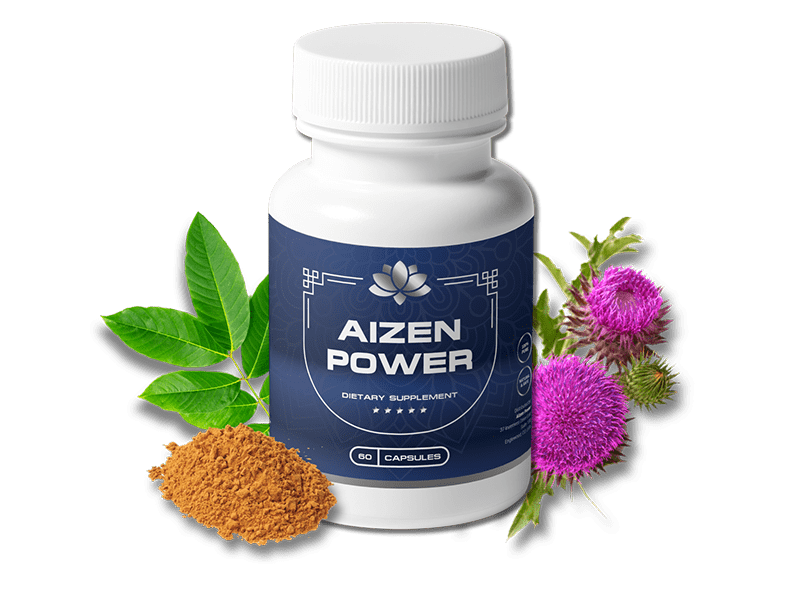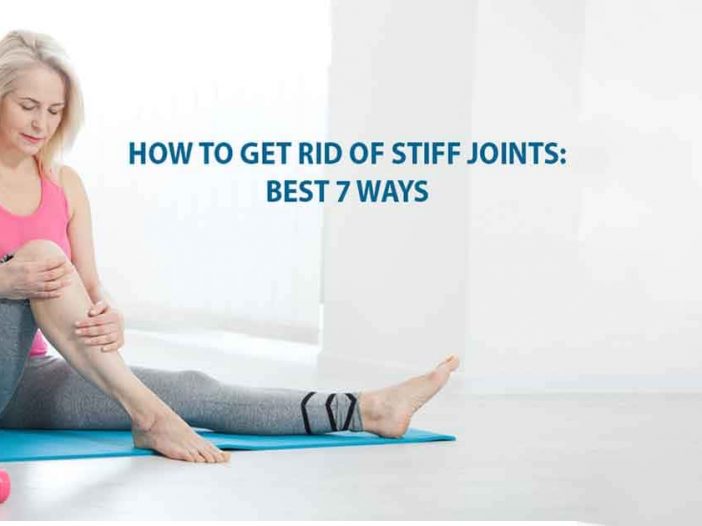
What Are Stiff Joints?
Do your knees crackle when you bend? Have you been experiencing joint stiffness every time you get up from your favorite couch? Do your knees often pop?
Well, you are not alone. According to the Arthritis Foundation, as people age, they often experience stiffness in joints and muscles. These symptoms are characterized mainly by obstructed mobility of the joints or reduced mobility.
Joint stiffness is a result of several factors. Read on to discover the stiff joint causes and the best relief for stiffness.
Causes of Stiff Joints
There are numerous stiff joint causes. Sudden stiff joint issues are primarily due to injuries, whereas underlying conditions cause stiff joints symptoms that develop and worsen over time.
However, the primary cause of these symptoms is arthritis, which is the inflammation of the joints. Some of the most popular arthritic causes of joint stiffness include:
- Osteoarthritis – arthritis caused by the wear and tear of cartilage, leading to friction and inflammation
- Rheumatoid arthritis – chronic autoimmune disease categorized by inflammation
- Gout – arthritis characterized by the uric acid build-up in the joints
- Septic arthritis – infectious arthritis
Other causes of stiff joints include stress fractures, Lyme disease, mononucleosis, bursitis, tendonitis, lupus, and lifestyle factors such as diet and obesity.
How to Relieve Stiff Joints
There are numerous ways to get rid of stiff joints and improve your day-to-day living. Try one of these simple approaches and see what works best for you:
1. Manage Your Weight
One of the best ways to get rid of stiff joints is weight management. Excess weight strains your joints – particularly your knees, feet, and hips.
According to the American College of Rheumatology, obesity is a significant factor causing osteoarthritis and surgery complications. Each extra pound exerts about four pounds of extra pressure on your knees.
Watching your weight mainly includes avoiding heavy loads like grocery bags and safeguarding your smaller joints. For instance, when standing, use the thigh muscles instead of your hands to push off from a seat. Your doctor can also help you set a specific target weight and fitness program to shed off stubborn fats.
2. Exercise
As tempting as staying indoors and hiding from the dreadful global issues is, one of the best ways to eliminate joint pain is by sticking to a low-impact workout routine.
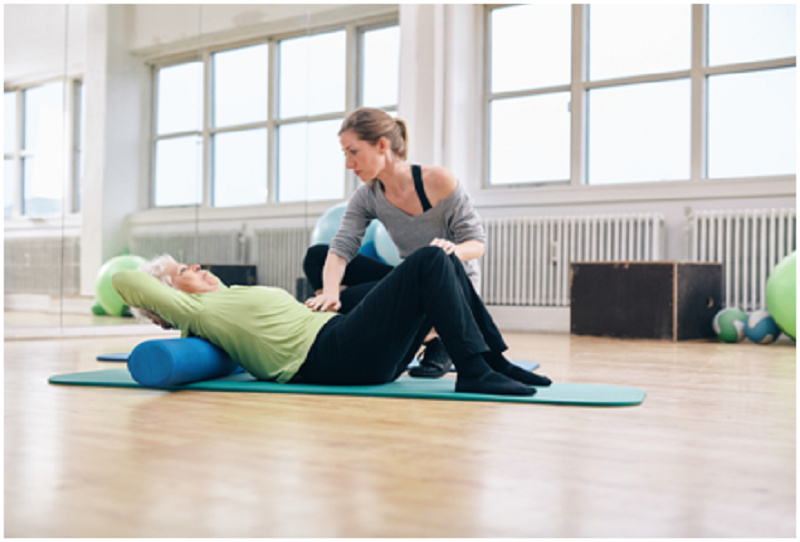
Some of the science-backed joint relief exercises include tai-chi, swimming, cycling, yoga, Pilates, and walking. These activities increase your flexibility, allow for overall fitness, and enhance your core strength. You might also want to try sports like racquetball and basketball since they protect aging tendons and ligaments.
You should also remember to do some warm-up exercises and stretches, or you might find your muscles rasping like Tin Man in the Wizard of Oz.
3. Hot & Cold Therapy
One of the most practical joint pain treatments is hot and cold therapy.
Try applying a cold compress to your stiff joint for about 10 to 20 minutes five times a day. It helps reduce inflammation and ease your joint movements.
You can also use a heating pad, take a long hot shower, or hot water bottle to relax your muscles and improve circulation.
4. Follow A Healthy Diet Plan
A diet rich in processed foods, sugars, and red meat aggravates inflammation, leading to arthritis. These foods also lead to health conditions such as high cholesterol, heart diseases, and obesity.
On the other hand, a diet plan that involves fresh fruits and vegetables can boost your immune system and overall health. According to research, a plant-based diet has been shown to provide you with antioxidant properties that help reduce inflammation by neutralizing the free radicals in your body.
You might also benefit from combining a healthy diet regime and the best joint pain supplements for the best results.
5. Try Acupuncture
Acupuncture is one of the best joint pain treatments on the market. The wellness practice is an ancient treatment that consists of inserting thin needles into points of your body. Acupuncture enthusiasts say that the treatment works by rerouting your energies and restoring balance in your body.
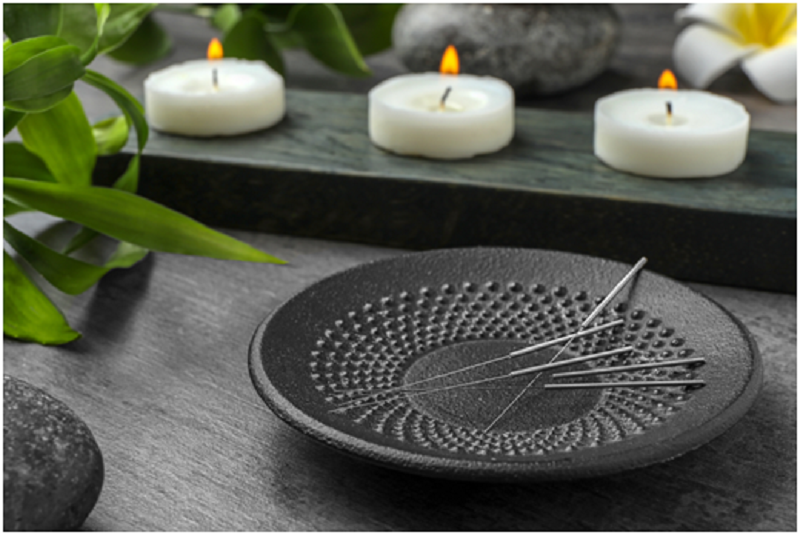
According to recent studies, the medical practice has been shown to help reduce arthritis symptoms, and the ACR/AF conditionally signed off on it as an arthritis treatment. However, you should ensure that you ask about the practitioners’ experience, certification, and training before trying it out.
Some states like Indiana, Minnesota, and Iowa require acupuncturists to pass exams conducted by the National Certification Commission for Acupuncture and Oriental Medicine to be considered licensed practitioners.
6. Enjoy A Massage
If you have been looking for an excuse to get a massage, you have found it! Massage therapy has been documented as one of the best ways to get rid of stiff joints. It helps reduce inflammation, enables you to relieve worldly pressures, soothes stiff and sore muscles, and alleviates stress levels.
A review of several medical studies also found therapeutic massage to help reduce pain in people suffering from osteoarthritis and rheumatoid arthritis. So, if you have been feeling your knees pop as you try getting up from a chair, find a massage therapist today and get some much-needed joint and soul-soothing.
7. Add Turmeric to Your Dishes
This nutrient-packed spice is every household’s most-prized condiment. It features antioxidant properties that offer you some much-needed glow and luster to your skin.
What most do not know is that the yellow spice contains the active compound curcumin that has anti-inflammatory properties that help reduce arthritis pain and muscle stiffness.
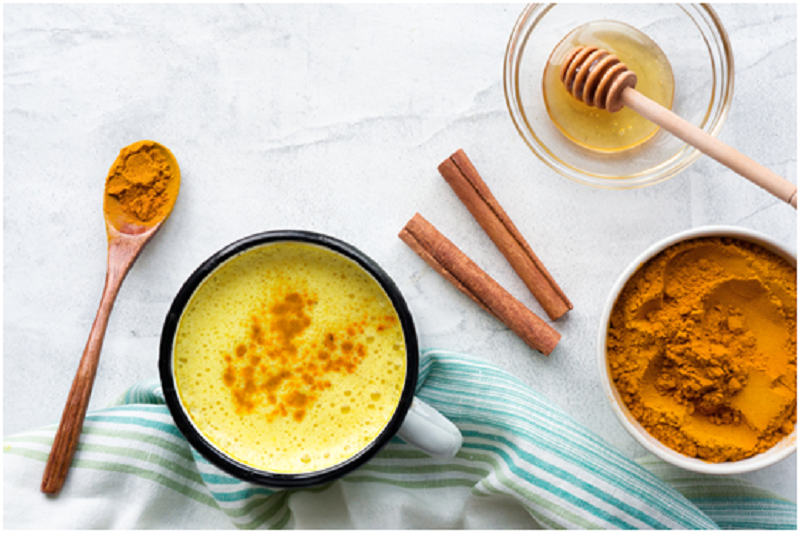
In a recent animal study conducted by the National Center for Complementary and Integrative Health, a daily dose of turmeric offers relief to people with septic arthritis and rheumatoid arthritis.
Further research is required to show how turmeric works, but sprinkling a spoonful to your food can go a long way into reducing joint stiffness. Your brain and liver might thank you too!
You might also want to consider some joint pain supplements to help ease the stiffness. If that’s what you are leaning towards, check out Omega XL Reviews and find out if it’s an ideal option for you.
Bottom Line
Most people experience joint stiffness as they get older. Most often than not, this stiffness wears off. However, sometimes it can last longer than you anticipated. By walking, taking the best joint pain supplements, and following a healthy diet program, you can reduce the effects of joint stiffness.
Omega XL Reviews are all over the internet. You might want to check out what people say about the product. If you have any doubt, be sure to check with your doctor and get the best medical guidance.
References:
https://www.arthritis.org/ https://www.ncbi.nlm.nih.gov/pmc/articles/PMC4772471/ https://www.ncbi.nlm.nih.gov/pmc/articles/PMC5512152/ https://doi.org/10.1002/art.41142 https://www.health.harvard.edu/newsletter_article/exercise-and-your-joints https://www.pcrm.org/news/news-releases/new-review-highlights-benefits-plant-based-diet-rheumatoid-arthritis https://www.nccaom.org/ https://www.ncbi.nlm.nih.gov/pmc/articles/PMC6279287/

